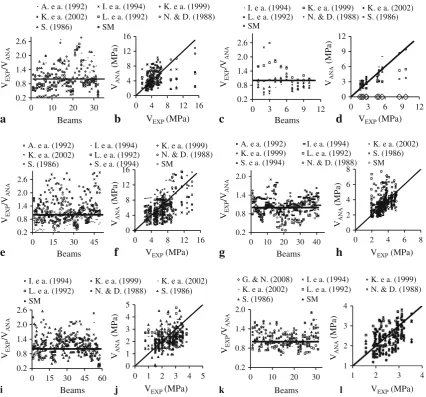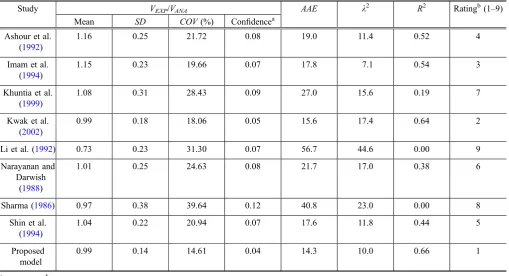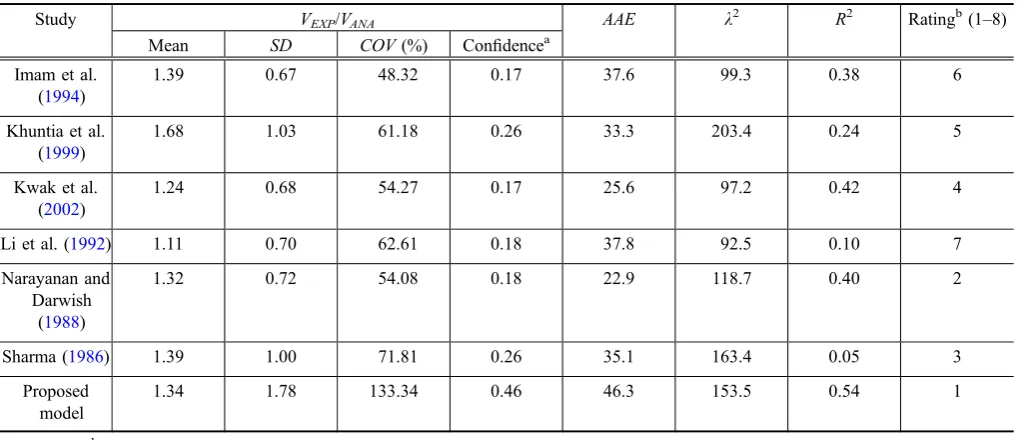Principal Component and Multiple Regression Analysis for Steel Fiber Reinforced Concrete (SFRC) Beams
Full text
Figure




Related documents
In the North Denmark region general practice, a complex strategy for new low back pain guideline implementation will be tested to study behaviour change (professional practice)
We categorized patients according to ASE 2009 and 2016 definitions and a definition using E / e’ , a surrogate for left ventricular filling pressure.. We assessed 28-day
Our results also revealed that the relative abundance of the pathways related to carbohydrate degradation was similar for the elderly and young groups but signifi- cantly lower in
We found that in many lines carrying pairs of closely linked transpo- sons, chromosome breaks resulting in the loss of the distal marker C occurred during the
This means that in some of those handovers, a couple of QoS reservation mechanisms and mobility functions must be performed, which are ultimately supervised by AAAC
International Journal of Scientific Research in Computer Science, Engineering and Information Technology CSEIT172154 | Received 01 March 2017 | Accepted 09 March 2017 | March April
Every school to maintain a management for various sections which may include performance analysis, attendance system, academic information, student information,
In a cross-sectional context, Conley (1999) models the spatial correlation with a metric of economic distance ; while Bai (2003) (and the reference therein) assumes that the




